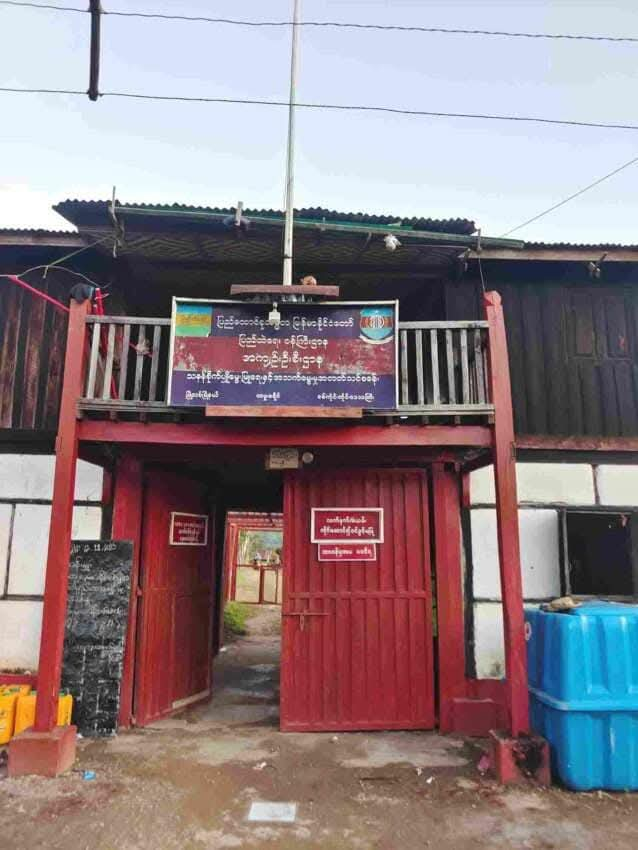
Recruiting a diverse group of users for research sessions is essential for gathering a wide range of insights and creating inclusive AI systems. Diverse user recruitment ensures that the perspectives of various demographics,
experiences, and needs are represented, helping to uncover potential biases and limitations in AI design and functionality. Here’s a comprehensive guide on how to effectively recruit a diverse user group for research:









### 1. Define Your Target Audience
**Understand Your User Persona:**
– Identify the key characteristics of your target users based on demographics (age, gender, ethnicity, income level), psychographics (interests, lifestyle, values), and user experiences (tech-savviness, disability status).
**Segmentation:**
– Segment your audience into groups to ensure all relevant perspectives are captured. For example:
– Users with varying levels of AI exposure (novice to expert).
– Users with disabilities or specific accessibility needs.
– Users from different cultural backgrounds or geographic locations.
### 2. Develop a Recruitment Strategy
**Channels for Recruitment:**
– **Online Surveys:** Create an online survey to gather information about potential participants’ demographics and interests.
– **Social Media:** Utilize platforms like Facebook, LinkedIn, Twitter, or specialized groups related to the user base to promote your research.
– **Community Organizations:** Collaborate with local organizations, advocacy groups, or centers that cater to specific populations (e.g., elderly groups, disability advocacy organizations) to reach diverse participants.
– **Universities and Colleges:** Partner with academic institutions to access a diverse pool of students from various backgrounds and fields of study.
– **Professional Networks:** Engage with professional organizations that represent various industries, roles, and demographics.
**Incentives:**
– Offer appropriate incentives for participation, such as gift cards, products, or services. The incentive should be appealing to diverse groups without being coercive.
### 3. Ensure Accessibility
**Accommodations:**
– Make sure that recruitment materials are accessible to all potential participants. This includes providing materials in multiple languages, using clear and simple language, and offering formats accessible to individuals with disabilities (e.g., large print, text-to-speech, sign language interpreters).
**Accessible Locations:**
– When conducting in-person sessions, select locations that are easily accessible via public transportation and have the necessary accommodations for people with disabilities.
### 4. Use Inclusive Language
**Crafting Recruitment Messaging:**
– Use inclusive and welcoming language that encourages participation. For example, state explicitly that you are seeking diverse participants and value varied experiences and perspectives.
– Avoid terms or phrases that may alienate or exclude certain groups. Ensure that your messaging aligns with the cultural sensitivities of your target audience.
### 5. Screening and Selection
**Create a Participant Screening Survey:**
– Develop a survey that gauges the demographics, experiences, and availability of potential participants. Ensure that the survey is brief but comprehensive enough to collect relevant information.
**Diverse Selection Process:**
– When selecting participants from the pool, ensure that you have a balanced representation across the various demographics and user groups identified in the initial persona development. This can include quotas or weighting based on priority user segments.
### 6. Communicate Clearly
**Pre-Recruitment Communication:**
– Communicate clearly about what participation involves—such as time commitment, format (in-person, remote), and objectives.
**Follow-Up:**
– Send follow-up communications to confirm participation, provide details about the session, and address any questions or concerns potential participants may have.
### 7. Foster an Inclusive Environment
**During Research Sessions:**
– Create a welcoming atmosphere that encourages open dialogue and makes all participants feel valued. Emphasize that all feedback is important and there are no right or wrong answers.
**Facilitation Techniques:**
– Use facilitation techniques that promote inclusivity, such as encouraging turn-taking during discussions, validating diverse opinions, and providing opportunities for quieter participants to share their thoughts.
### 8. Reflect and Iterate
**Feedback on the Recruitment Process:**
– After the research sessions, solicit feedback from participants regarding their experience in the recruitment process and the sessions. This can help you identify areas for improvement in future recruitment efforts.
**Continuous Improvement:**
– Use feedback and insights gained from the diverse user recruitment process to refine your strategies for future projects, ensuring an even more inclusive approach.
### Conclusion
Recruiting diverse users for research sessions is vital for creating AI systems that are user-friendly and equitable. By defining your target audience, implementing inclusive recruitment strategies, ensuring accessibility, and fostering a welcoming environment, you can gather richer insights that lead to more effective and inclusive AI technologies. The insights gained from diverse user groups can significantly enhance the design, functionality, and effectiveness of AI systems in meeting the needs of all users.


Leave a Reply